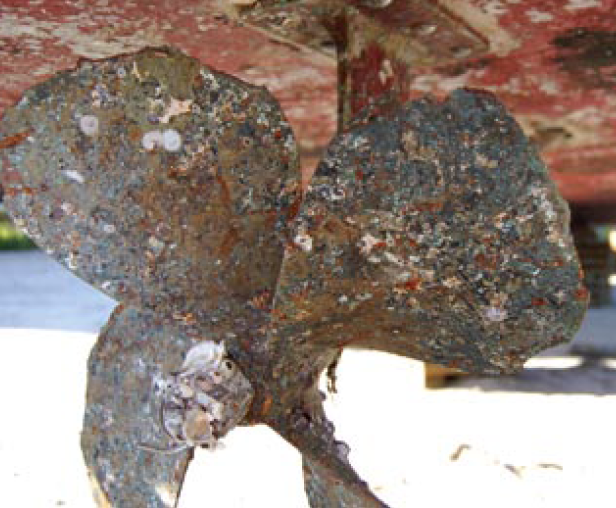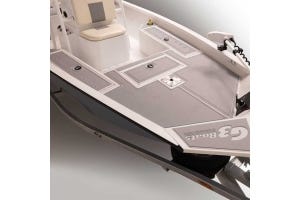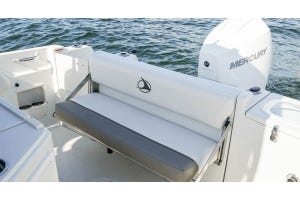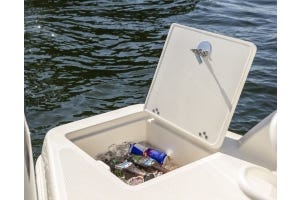Mad Props: Replacing Your Boat's Propeller
August 05, 2016


You're cruising along your favorite lake or river, and you feel a little bump. The boat keeps running just fine, but when you get back to the dock, you check your propeller and find you've cracked or bent a blade. The damage might not look too bad, but even a little crack in a propeller blade can negatively impact performance, reduce fuel efficiency, and cause costly damage to the engine itself. In this instance as in so many others, an ounce of prevention is worth a pound of cure: Install a new propeller as soon possible.
Choose wisely. Aluminum propellers are affordable, but for durability, you can't beat stainless steel. Steel props also are reputed to be faster, adding as much as 3 knots in speed. Large boats and motor yachts with inboard motors frequently use nibral propellers, made of a nickel-brass-aluminum alloy. Make sure the propeller you choose is suitable for your motor. If in doubt, consult your local prop shop (or call Great Lakes Skipper customer service) for advice.
Safety first. Put the boat in neutral, remove the key, and pull the kill switch to keep the engine from starting while you're working.
Mark your spot. Mark the position of the old propeller on the shaft with a Sharpie or other marker. This takes the guesswork out of positioning the new prop.
Off with the old. Use a ratchet set to loosen the nut, then pull the old propeller off the shaft. A prop puller makes this part easy. If you don't own one, some marinas and shops have them for rent. Without a puller, your most important tool might be patience. If your propeller is cracked or broken, avoid cutting yourself on any sharp edges. Once the propeller is off, inspect the shaft for damage. And keep track of your hardware! The only thing worse than hunting for lug nuts in a snowdrift is searching for a prop nut in the water.
On with the new. Grease the prop shaft well with a quality marine lubricant, and slide the new propeller on. Align the prop with the mark you made, and carefully tighten the nut. You're done!
Take good care. For best performance, pull your propeller and clean and lubricate the shaft as recommended in your manual (usually every 50-100 hours). Before each outing, check your propeller for damage to avoid unpleasant surprises.






